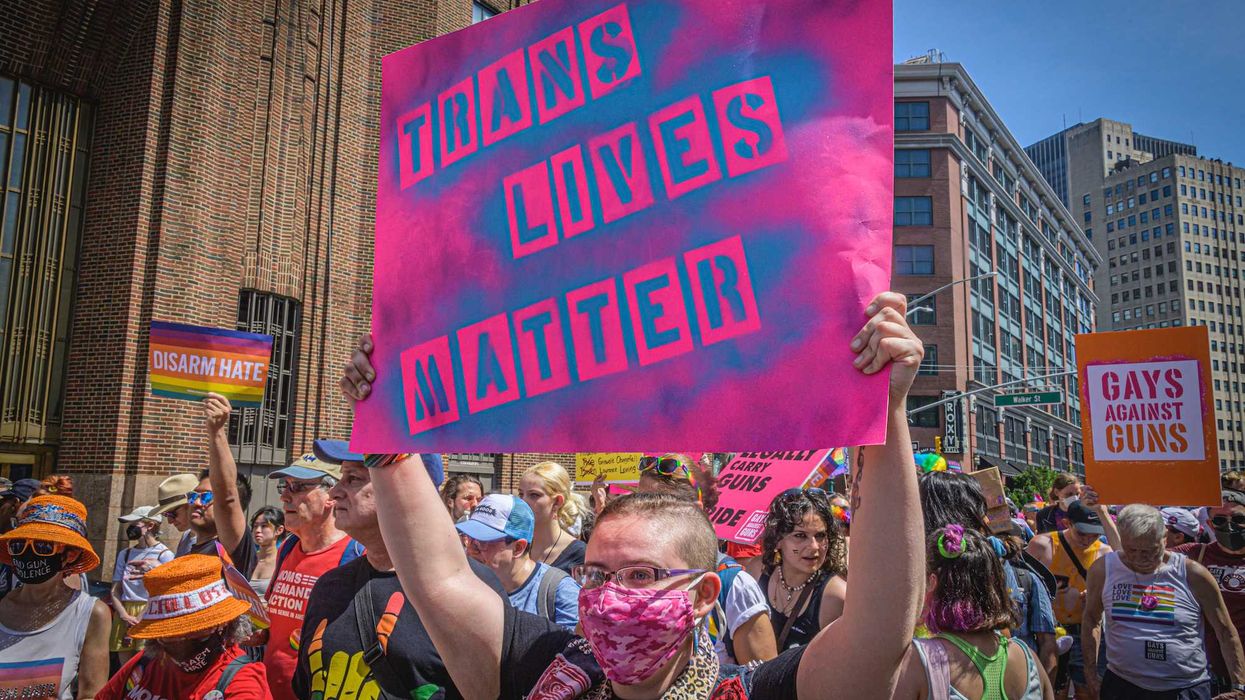
© 2025 Blaze Media LLC. All rights reserved.
What Exactly Does New Fed Data Show About Pay for Low-Skill, Entry-Level Jobs?
April 02, 2013
Why aren't employers paying $22-an-hour wage rates?
[Author’s note: I spent the better part of a decade working in the food service/hospitality industry. I also spent a great deal of time in sales and retail. I am not being dismissive when I refer to these positions as “low-skill.” They simply are.]
Seven of the 10 largest occupations in the U.S. pay well below the national average annual pay of $45,000, according to new data released by the Bureau of Labor Statistics.
Of course, once you find out which jobs we’re talking about, the idea that they pay about $30,000 annually doesn’t seem all that ridiculous (or worthy of outrage).
Here’s a chart of the 10 largest occupations in the U.S. and their annual wages:
 Courtesy CNN Money
Courtesy CNN Money
“Food prep workers are the third most-common job in the U.S., but have the lowest pay, at a mere $18,720 a year for 2012,” CNN Money notes.
“Cashiers and waiters are also popular professions, but the average pay at these jobs tallies up to less than $21,000 annually. There are 4.3 million retail sales workers out there, making them the most common job, but the position pays only $25,310 for the year,” the report adds.
And as you can see in the above chart, a few groups are doing alright: The country’s 2.6 million registered nurses pull in about $68K while secretaries and customer service reps come in at about $33K.
“Wages have been in the spotlight this year as the debate over income inequality intensified,” CNN Money explains.
Indeed, many on Capitol Hill have been tirelessly banging away at the “living wage” drum, arguing in favor of increasing the federal minimum wage rate. In fact, Massachusetts Sen. Elizabeth Warren actually asked during a hearing of the Senate Committee on Health, Education, Labor and Pensions why employers weren’t being made to pay $22-an-hour wage rates.
“If we started in 1960, and we said that, as productivity goes up — that is, as workers are producing more — then the minimum wage is going to go up the same,” the Democrat senator said during the hearing.
“And, if that were the case, the minimum wage today would be about $22 an hour. So, my question … is what happened to the other $14.75?” she asked University of Massachusetts professor of economics Arindrajit Dube.
Well, there are several reasons why employers aren't paying $22-an-hour wage rates (the most important being the effect it would have on the cost of goods and services). But let's not get too much into that now.
“Middle-class Americans have been losing ground, as median household income dropped by more than $4,000 since 2000,” CNN Money notes. “Part of this decline stems from a disappearance of middle-class jobs and an explosion of lower-paying ones.”
“Some 58% of the jobs created during the recovery have been low-wage positions,” it adds.
Final Thought: Low-skill, entry-level jobs pay below the national average because they’re low-skill, entry-level jobs. They’re gateway gigs intended for higher employment.
Rather than focus on things like “income inequality” and increasing the federal minimum wage rate, perhaps U.S. lawmakers should ask themselves why it is that so many Americans have fallen back on low-paying jobs.
Simply raising wage rates won’t solve this problem. In fact, it’ll make it much worse.
Follow Becket Adams (@BecketAdams) on Twitter
Featured image Getty Images.
Want to leave a tip?
We answer to you. Help keep our content free of advertisers and big tech censorship by leaving a tip today.
Want to join the conversation?
Already a subscriber?
more stories
Sign up for the Blaze newsletter
By signing up, you agree to our Privacy Policy and Terms of Use, and agree to receive content that may sometimes include advertisements. You may opt out at any time.
Related Content
© 2025 Blaze Media LLC. All rights reserved.
Get the stories that matter most delivered directly to your inbox.
By signing up, you agree to our Privacy Policy and Terms of Use, and agree to receive content that may sometimes include advertisements. You may opt out at any time.






